Jewish schools | JUNE 5
For many Jewish children, going to public school turned into hell under the Nazis. Just getting there could mean running a gauntlet of anti-Jewish slights. At school, exclusion by fellow students and teachers was the rule. In order to spare their children this ordeal, parents who could afford it sent their children to Jewish schools. Before 1933, most assimilated German Jews attended public schools. However, in the hostile climate of the Nazi regime attendance at Jewish schools grew. Dr. Elieser L. Ehrmann, a pedagogue and employee of the school department of the Reich Representation of Jews in Germany had developed curricula for teachers at Jewish schools which aimed to deepen the knowledge of Jewish holidays and the customs accompanying them and thus instill a positive Jewish identity. The excerpt shown here is from Ehrmann’s “Curriculum for the Omer and Shavuot [Feast of Weeks],” published in 1938 by the Reich Representation of Jews in Germany. That year, the first day of Shavuot fell on June 5.
Lifesaver | JUNE 4
Close to 50 years before issuing an affidavit of support for his nephew, Karl Grosser, in Vienna, Frank W. Fenner had himself immigrated to the United States from Europe. A restaurant and confectionery owner in Mendon, Michigan, he pledged to support his young relative until the 26-year-old became financially independent. Finding a sponsor was a key prerequisite for obtaining an immigration visa that was often hard to fulfill. The visa process began by registering with the nearest US consulate, at which point a number on the waiting list was assigned. The length of the list depended on the number of Jews from a given country allowed to enter the US according to the quota system that had been in place since 1924. Despite the severe refugee crisis, quotas were not raised in 1938. During the waiting period, applicants had to procure all the required documents as well as certified copies. Prospective immigrants were lucky if their documents were still valid when their numbers came up.
Left in the dark | JUNE 3
Nobody saw fit to inform the worried wives of thousands of Jewish men arrested by the Nazis about their spouses’ whereabouts and the expected period of imprisonment. Many of them decided to go to the Rossauer Lände detention facility and the central police station in order to get information on the whereabouts of their loved ones. According to this June 3 report from the Jewish Telegraphic Agency, the detainees had been taken away in overcrowded railroad cars, many of them forced to remain in uncomfortable positions for up to five hours before departure. While there were intimations that those sent to the Dachau concentration camp in Germany would be exploited as construction workers in order to enlarge the camp and subsequently be released, many had no idea where their husbands were. The author of the report sees the “extraordinary callousness with which police have withheld information” as “one of the most terrifying aspects of the situation.”
No Jews allowed | JUNE 2
In 19th century, the Central Association of German Citizens of Jewish Faith began to publish lists of spas and hotels at which Jewish guests were not welcome. Some resorts even advertised themselves as judenfrei (“free of Jews”). After World War I, the phenomenon known as Bäder-Antisemitismus (“spa antisemitism”) increased, and with the Nazi rise to power in 1933, it became official policy. By 1935, Jews had been effectively banned from the Northern German bathing resorts, and from spas in the interior of the country by 1937. It was not until the Anschluss in March 1938 that Jews were pushed out of Austrian spas as well. Bad Ischl and other locations in the Salzkammergut region were particularly popular with Jews, to the point that in 1922, the Austrian-Jewish writer Hugo Bettauer quipped that “it caused a stir when people suspected of being Aryans showed up.” In a notice from June 2, The Jewish Telegraphic Agency reports that at the behest of the Nazi commissioner in charge, Jews were to be “segregated in Jewish hotels and pensions” and were no longer permitted to attend cultural events in Bad Ischl.
Gestapo in the house | JUNE 1
Her paintings were political accusations and constituted a threat to the Nazi regime. Lea Grundig, born in 1903 as Lina Langer, was arrested with her husband, Hans, by the Dresden Gestapo on June 1, 1938, and not for the first time. The explanation given on the form was “Suspicion of subversive activity.” What was meant was her art. With picture cycles like “Under the Swastika” or “It’s the Jew’s Fault,” Grundig, who since 1933 had been barred from her profession, hauntingly documented the brutality of the persecution of Jews and communists by the Nazis. In 1935, she gave one of her paintings the portentous title, “The Gestapo in the house.”
Antisemitic premises | MAY 11
From its inception, the Horthy government had made no secret of its antisemitism. As a matter of fact, in 1920, Hungary was the first European country after World War I to introduce a numerus clausus to limit Jews’ access to higher education. First in reaction to territorial and demographic losses in WWI, later in the wake of the Great Depression, there was a striking proliferation of fascist and right wing extremist movements in Hungary, some calling themselves “national-socialist.” One such group was the rabidly antisemitic Arrow Cross Party, founded in 1935. In 1938 a bill was introduced to restrict the economic and cultural freedom of Jews in the country. This May 11 report from the Jewish Telegraphic Agency describes Count Apponyi’s vehement critique of the bill in the Chamber of Deputies. Dr. Istvan Milotaj, deputy of a right-wing party, defended the bill, claiming that Jews could not be assimilated and that even figures such as Disraeli and Blum had “spiritually remained Jews.”
Rose Luria Halprin Celebrates her Birthday | APRIL 11
As a leading functionary in various Zionist organizations, most notably the Hadassah Women’s Zionist Organization of North America, Rose Luria Halprin had moved to Jerusalem in 1934, where she worked as the liaison between the local Hadassah branch and the National Office in the US. Having befriended Henrietta Szold, who led the Youth Aliyah in Palestine, Halprin, too, became involved in efforts to rescue German-Jewish youth by bringing them to Palestine. The Youth Aliyah had been founded by the prescient Recha Freier, wife of a Berlin-based rabbi, on the very day the Nazis were voted into government, January 30, 1933. In the years 1935 to 1938, Halprin repeatedly visited Berlin. April 11, 1938 was her 42nd birthday.
Calm before the storm | MARCH 11
Adolph Markus lived in Linz, Austria with his wife and two children. One month before the “Anschluss” (the annexation of Austria by Nazi Germany on March 12, 1938), he started keeping a diary which offers a gripping account of the growing tension. The situation was changing from day to day, and the Jews could only guess what would happen next. One day before the annexation, Markus wrote in his diary: “The streets are strangely calm. ‘Calm before the storm.’”
Follow a 24-hour multimedia reconstruction of the Annexation of Austria online at www.zeituhr1938.at
Live from March 11, 2018, 18:00 until March 12, 2018, 18:00 (Central European Time)
Sell the jewelry | FEBRUARY 11
In February 1938, two brothers living in two different continents, Joszi Josefsberg in Europe (Chelles, France) and Arthur Josefsberg (New York) discuss in their correspondence how best to proceed to obtain affidavits to rescue their parents, who are still in Germany. But not only the fact that their parents’ emigration has not yet been secured worries Joszi—he is also concerned about their material survival. Such concerns were common among Jews who had left behind parents, siblings, and often spouses. Nazi efforts to force Jews out of numerous professions had made it harder and harder for those remaining in Germany to earn a living.
Several months after the 1938Projekt was completed, LBI learned that the letter was misdated while transcribed. Although it was written later than February 1938, LBI decided to keep it in the project under the same date because of the important content.
“Who won’t betray us in the end?” | JANUARY 11
As German Jews were getting arrested or being forced to leave the country, the performances put on by the local branches of the Jewish Kulturbund (Culture Association) were among the few places of refuge where Jews could enjoy culture as in earlier days. Among other things, in the winter season of 1937/1938 the Jüdischer Kulturbund Berlin performed Tchaikovsky’s Eugene Onegin (Director: Dr. Kurt Singer) and Scribe’s The Ladies’ Battle (Director: Fritz Wisten). Since 1935, the Kulturbund’s venue had been the theater at 57 Kommandantenstrasse, the former Herrnfeld Theater, where popular Jewish plays had once been staged.




































